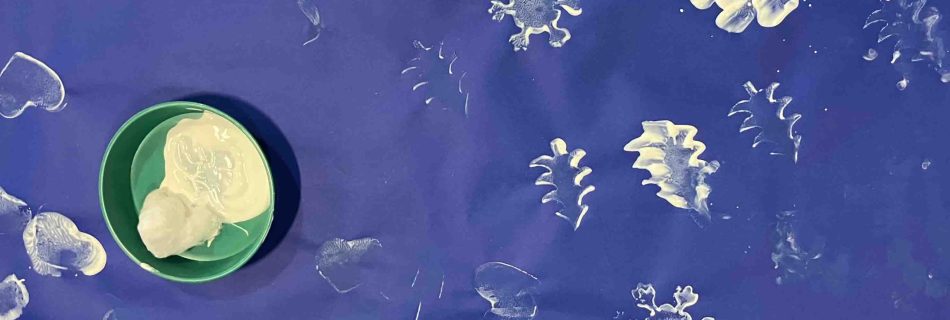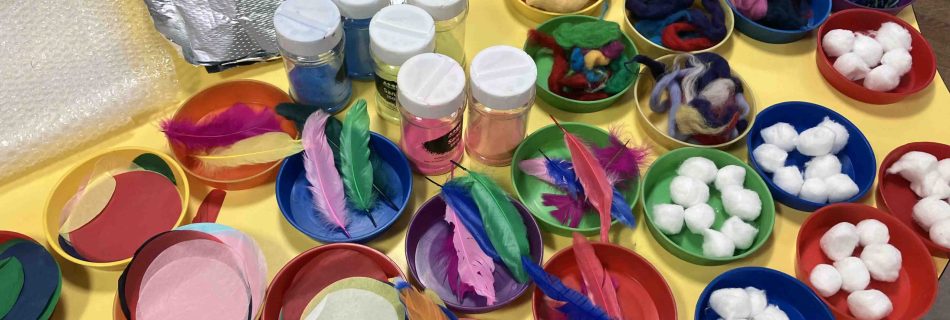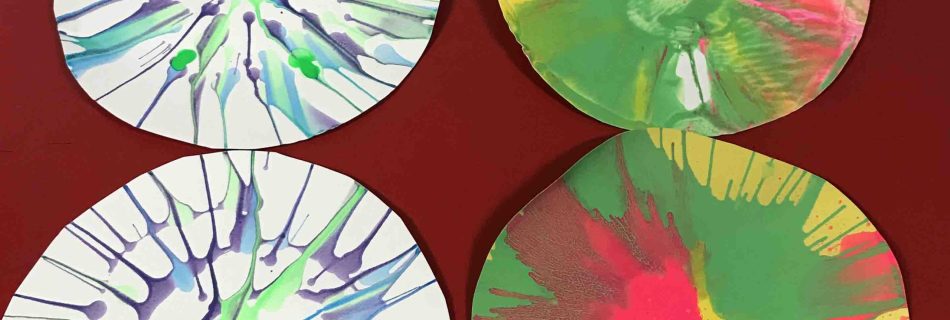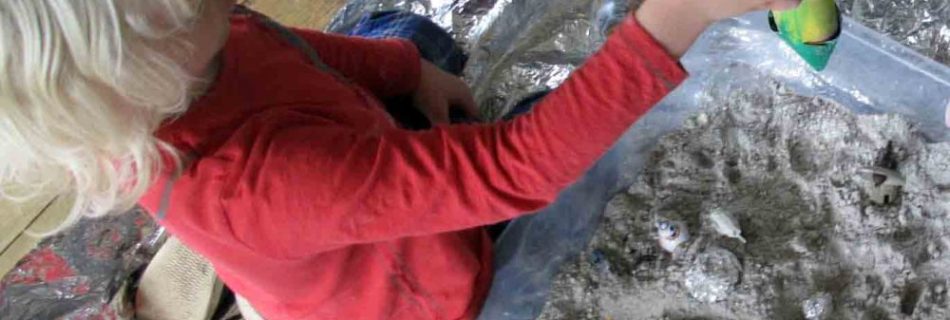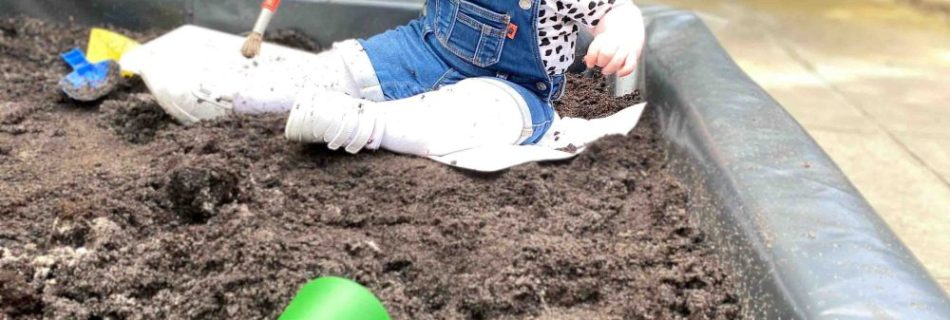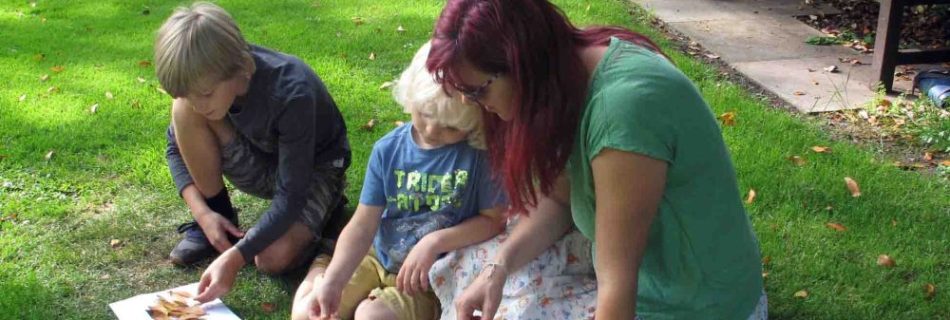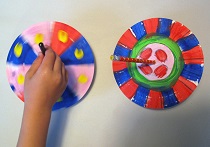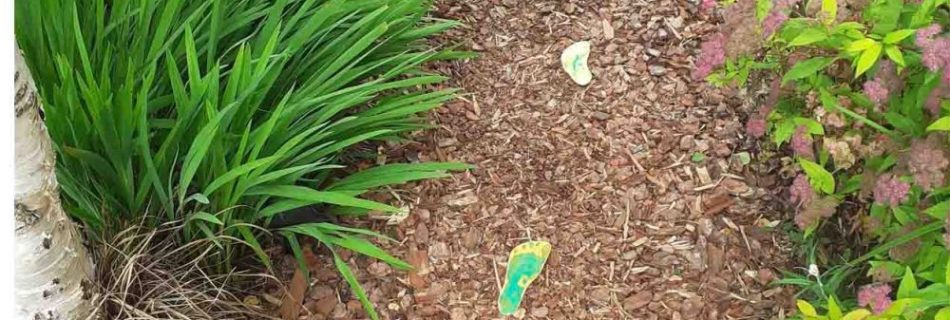Snowy sensory play and painting
With winter weather outside we were using the snow as a prompt for our sensory play and art making today. It is probably too cold for very wee ones to spend much time outside this week so this is a nice way they can join in. As always, let them lead the exploration and show …

